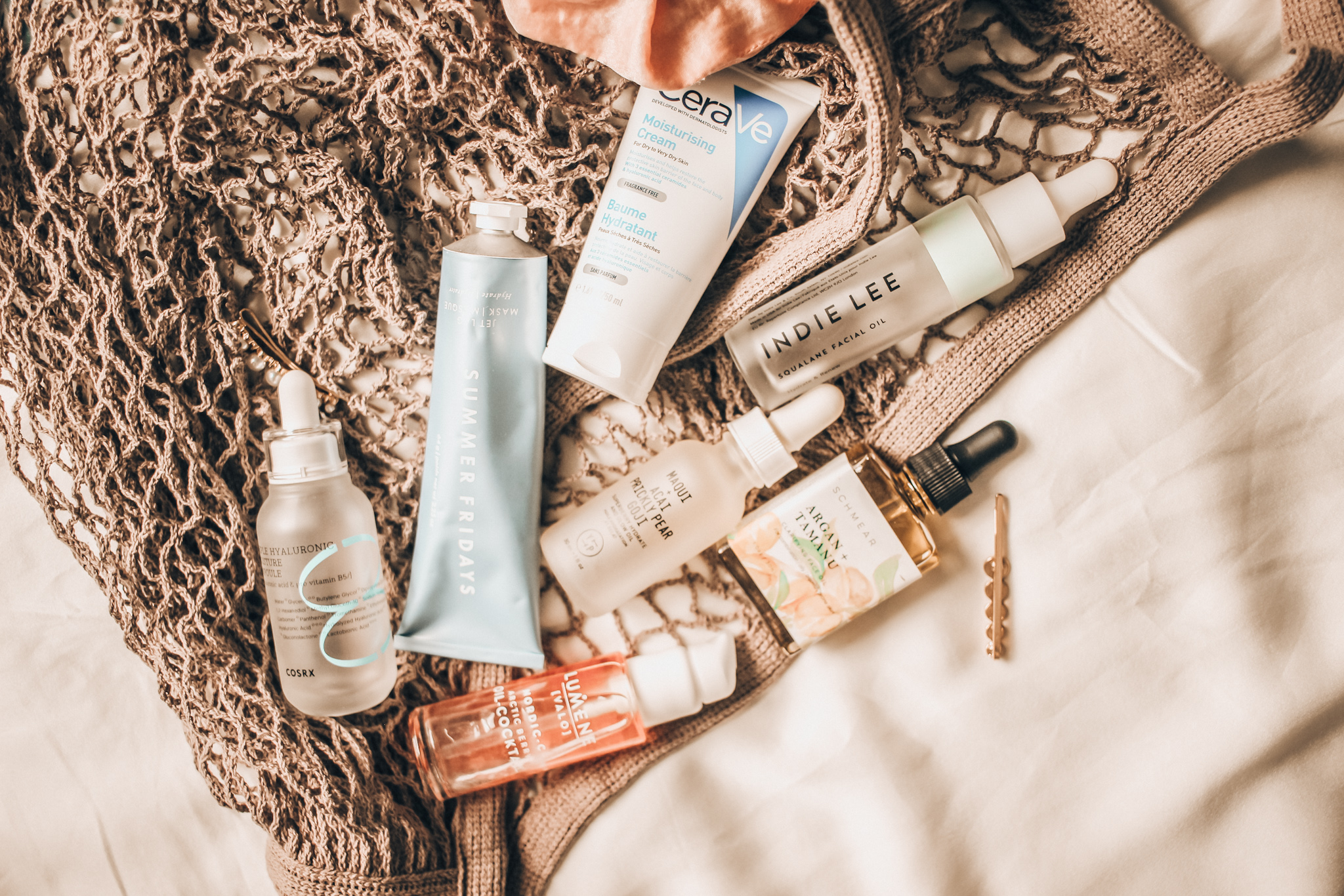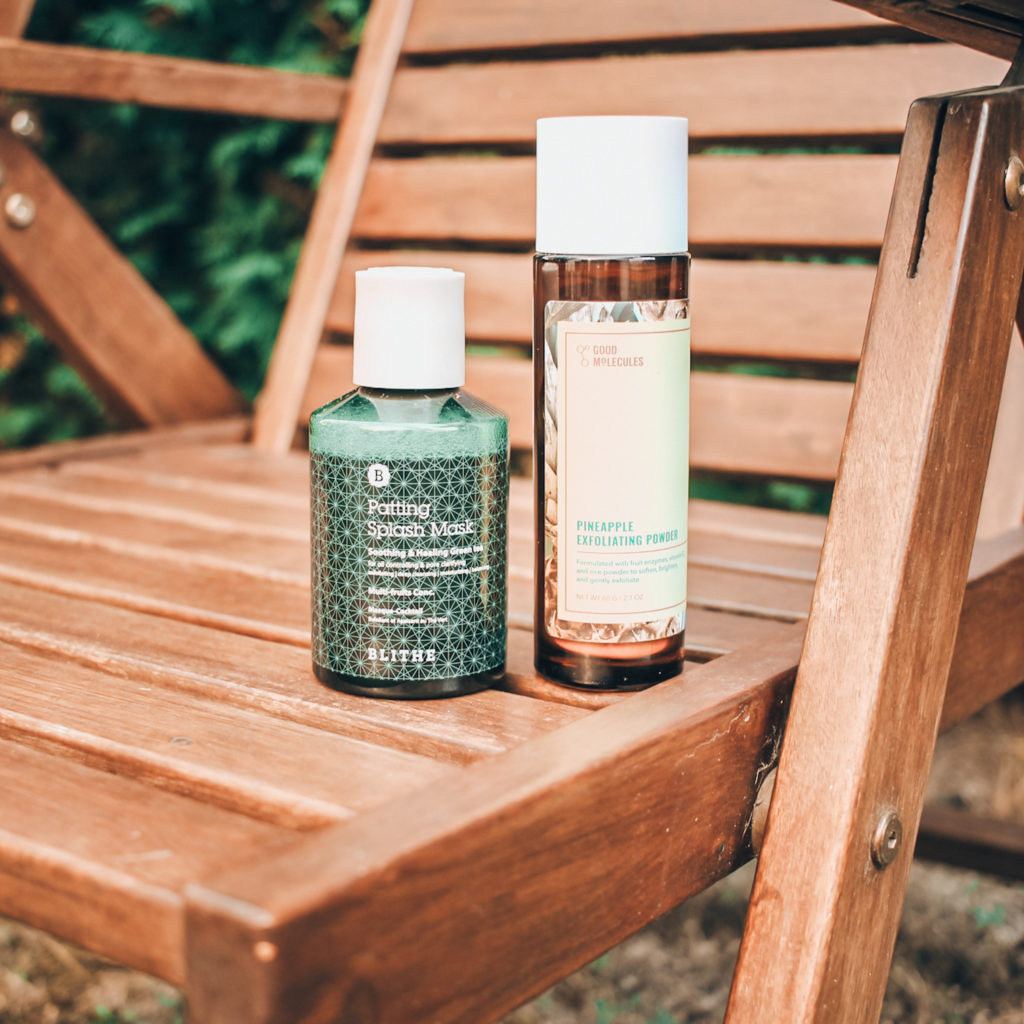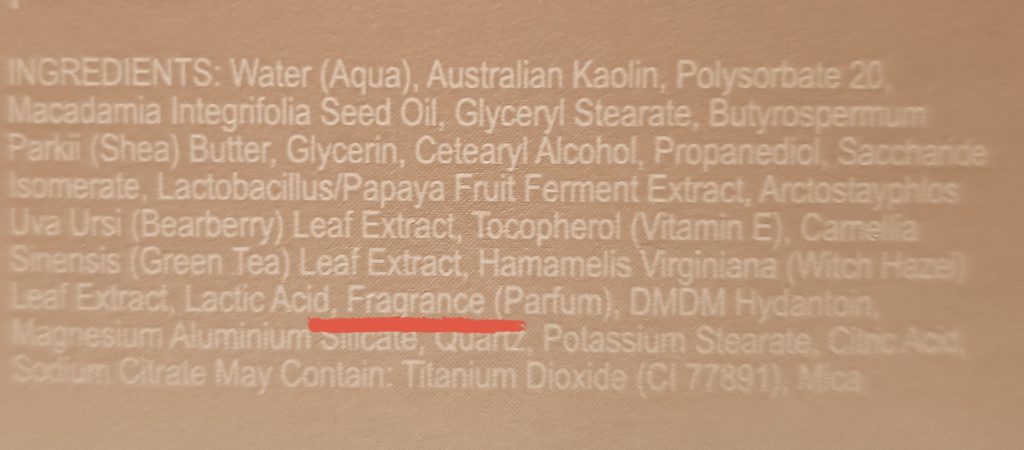What is the difference between humectants and emollients?
Skincare ingredients can be quite confusing. Especially when it comes to moisturising. Ever slapped an oil on and wondered why your skin is still looking dull? Probably because you didn’t use the proper product for it.
Let’s debunk the humectants and emollients terminology.
Disclaimer: recommendations are based on my own experiences and one product might work for me but not for you. Please do your research to further decide if this is something you wish to try.
Why is it important to know the difference?

Your skin type and skin concerns will often dictate the type of ingredients you use. Whether that is retinol or vitamin c, or hyaluronic acid, it is important to understand their function in a product.
Today I’ll be touching on the question of humectants and emollients in our skincare routine and their different functions.
Humectants vs emollients
These are the friends that will add the hydration to your skin.
Humectants have the unique ability to bind to water molecules in the environment and draw them into your skin. This is also why when using humectants it’s important to have moisture in the air or else they’ll reverse the action, actually drawing the water away from the skin.
Most common humectant in skincare is hyaluronic acid. This little molecule can hold up to 1000 times its weight in water. Most lotions and potions will have several different hyaluronic acid molecules. This is because they have different molecular weight and thus act slightly differently on the layers of the skin.
Other ingredients are glycerin, alpha-hydroxy acids such as lactic acid, salicylic acid, and sugars such as sorbitol, sucrose and glucose.
Emollients vs Humectants
The role of an emollient ingredient is to soften and smooth the skin. This is done by forming a protective layer on top of the skin. This layer can close the gaps between the skin cells. It proves to be very useful to prevent moisture loss.
They will not add more moisture into the skin but will protect whatever moisture there already is.
Most popular emollients that can be found in our skincare routines are oils (jojoba, rosehip, squalane, etc.), kinds of butter (shea butter), alcohols (stearyl alcohol, cetyl alcohol), or petroleum jelly, but also lanolin and beeswax and many more.
The way to use these is at the last step of your routine, in order to seal all the goodness in place.
But there is a trick
Some humectants can be emollients, but not vice-versa. Urea for example can both draw moisture into the skin and also prevent its loss.
A good moisturizer will often include both humectants and emollients in the ingredients list. However, their placement will dictate what the primary role of the moisturizer is. If you see humectants high on the mist then you’ll win some water molecules, and if emollients are high on the list, you’ll keep the water molecules you already have.
Follow me on Instagram for more product reviews, useful tips, as well as snippets of my daily life.
Some of the links listed above are affiliate links, meaning that if you click through and decide to make a purchase, at no additional cost to you, I may earn a commission.





The Skincare Basics: How to care for your skin barrier - Glowing Damsel
08/10/2020 at 8:25 PM[…] Know the difference: Humectants and Emollients […]
Should We Hate Every Product with Alcohol in it? - by Dana
08/10/2021 at 4:45 AM[…] to low molecular alcohols, aka the bad ones, these can actually be emollient. An emollient softens the skin texture and prevents moisture loss. They also serve as emulsifiers, as they have a […]